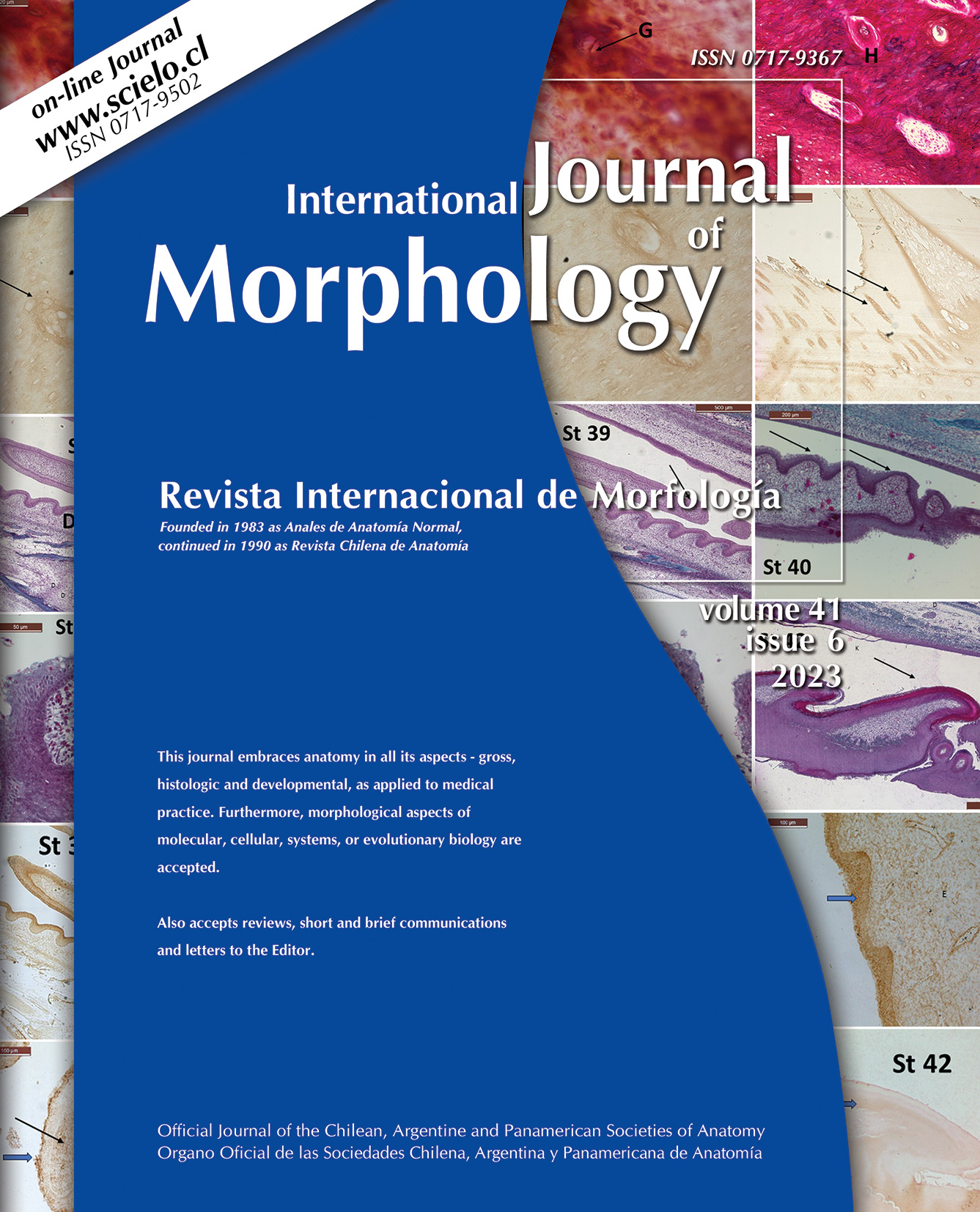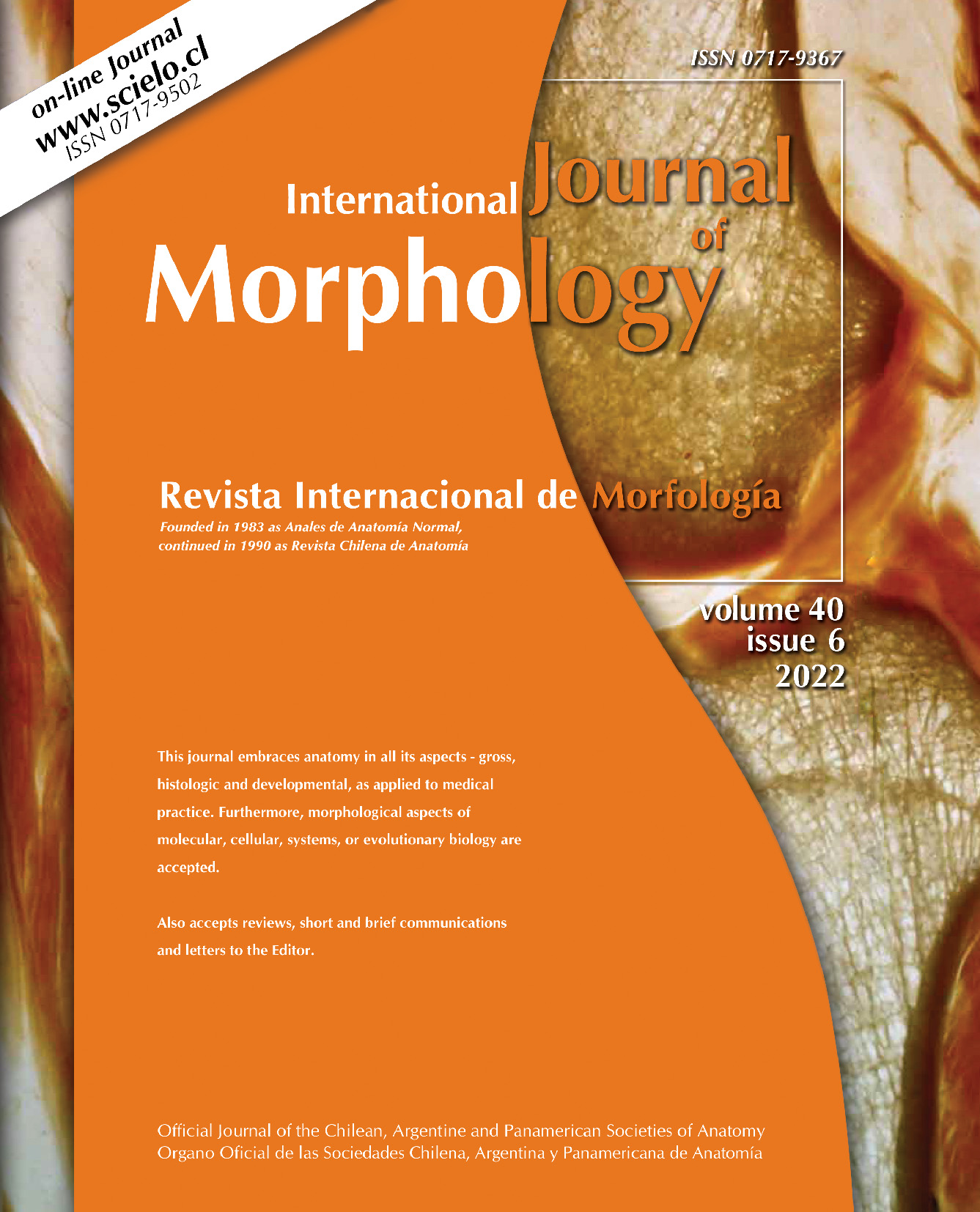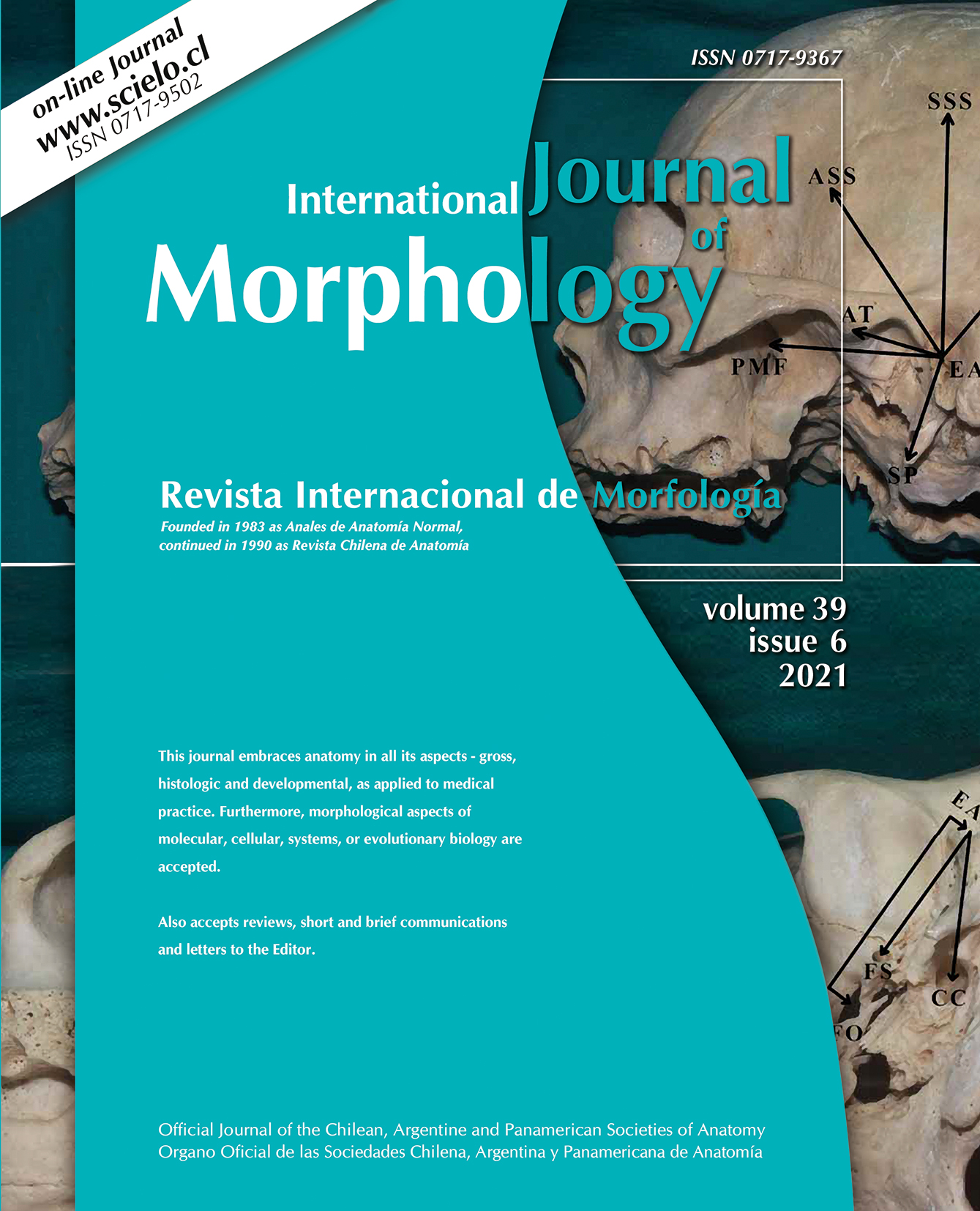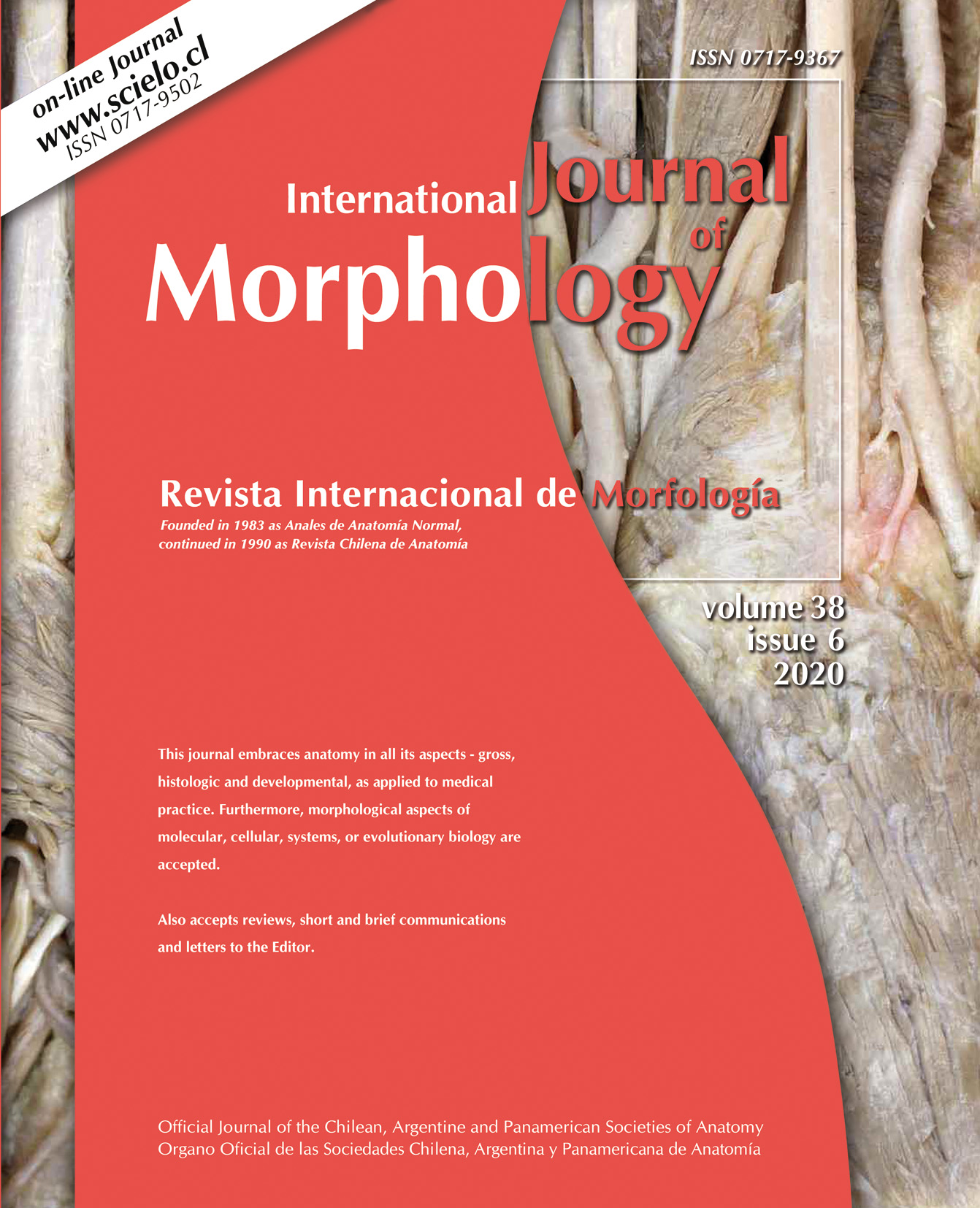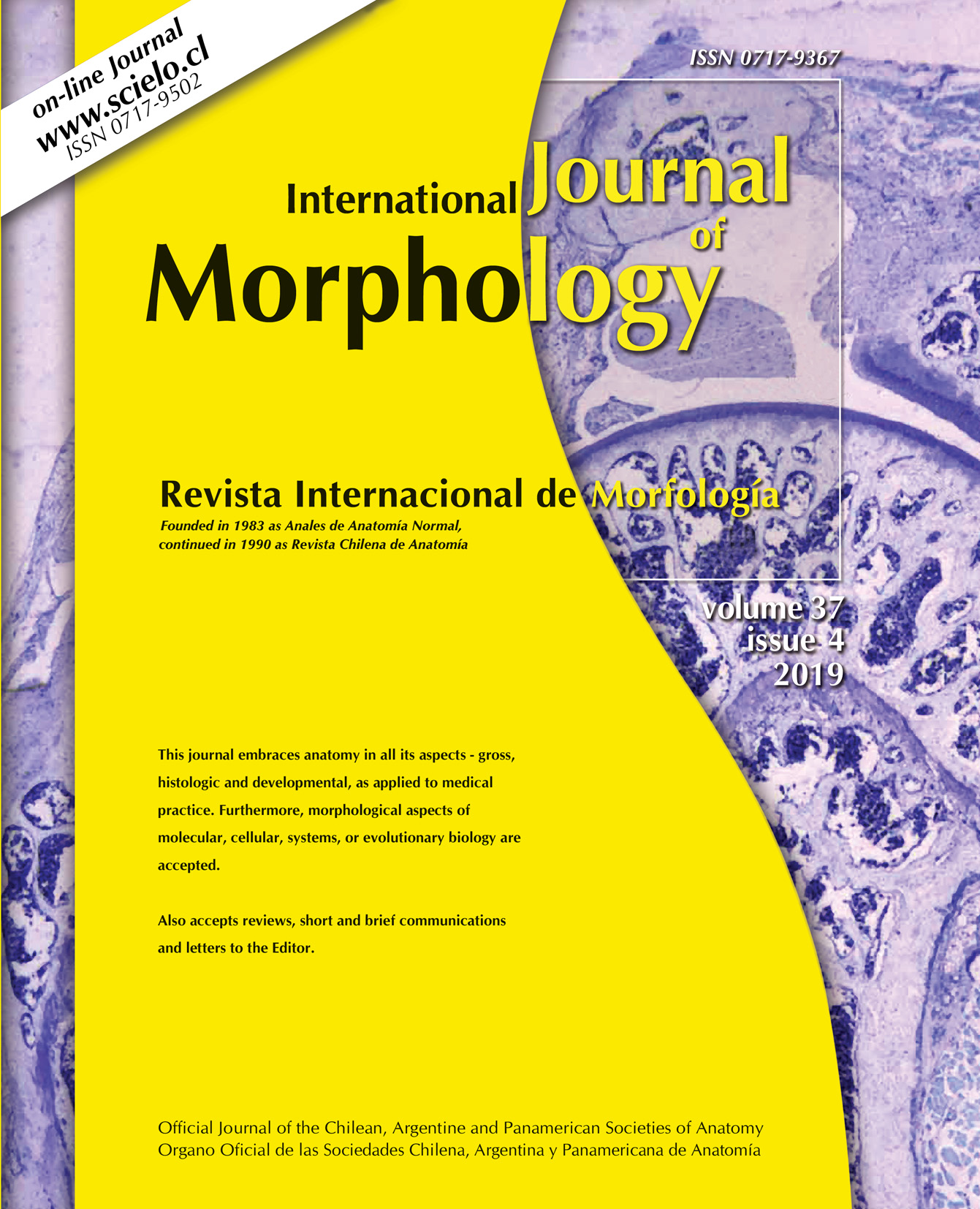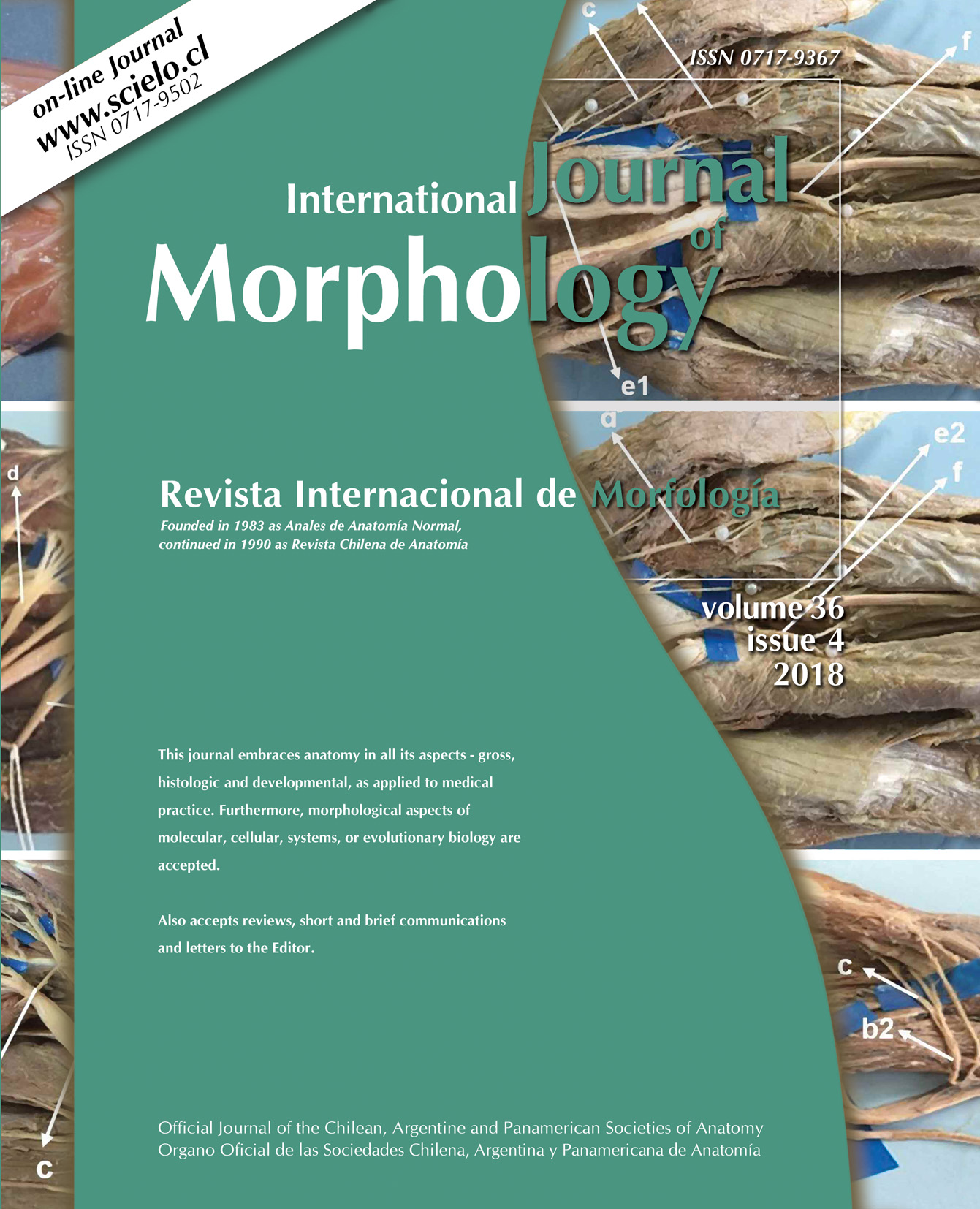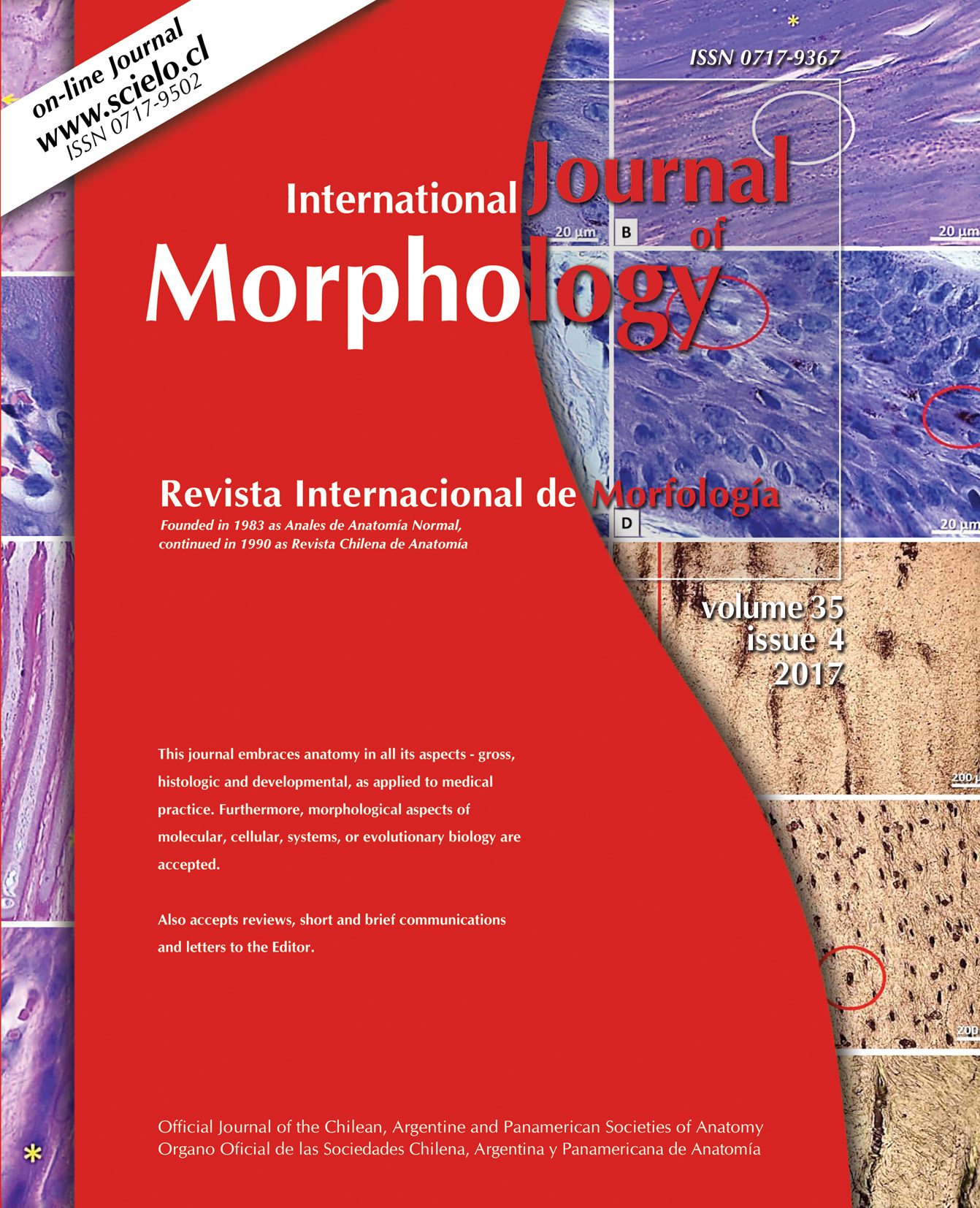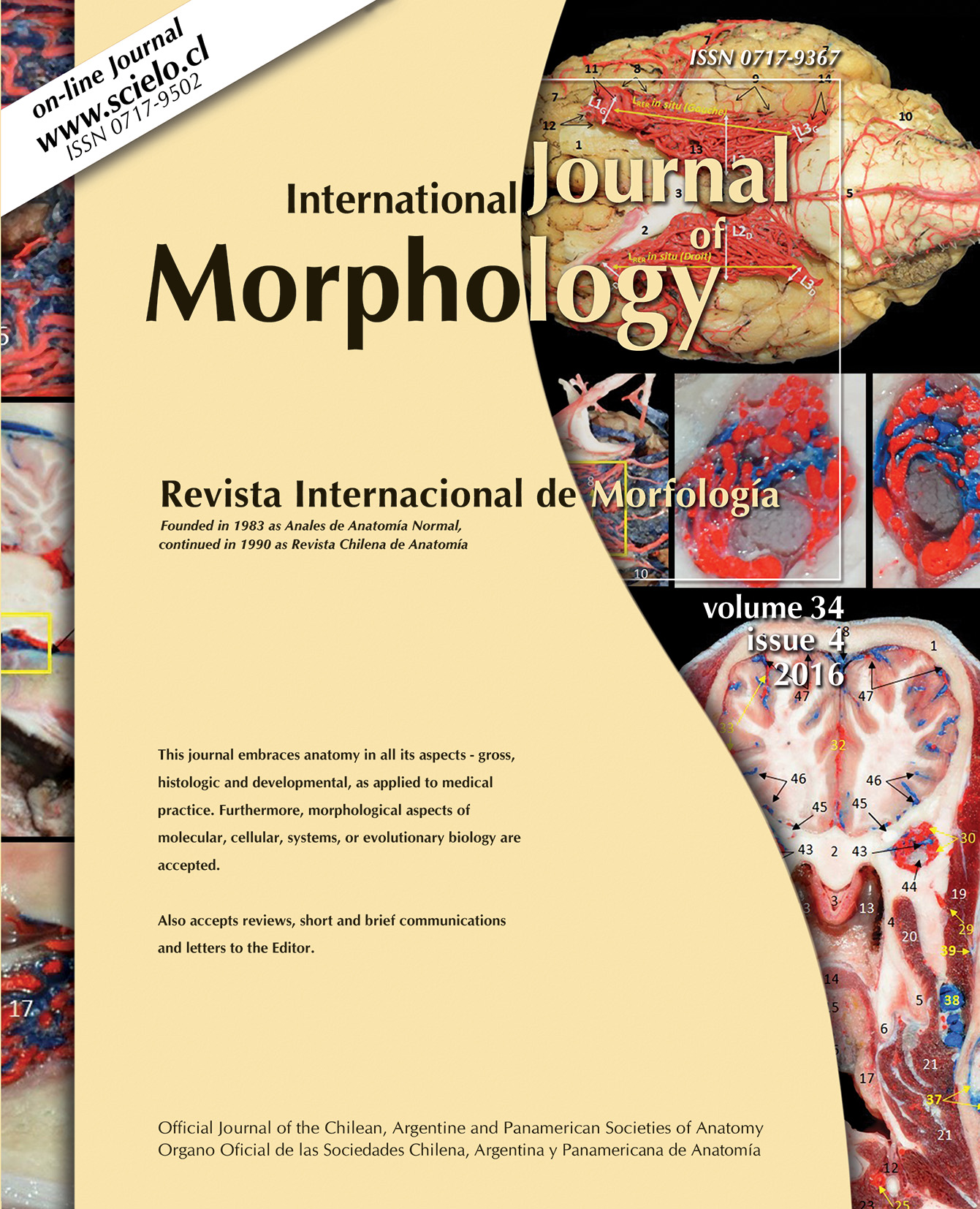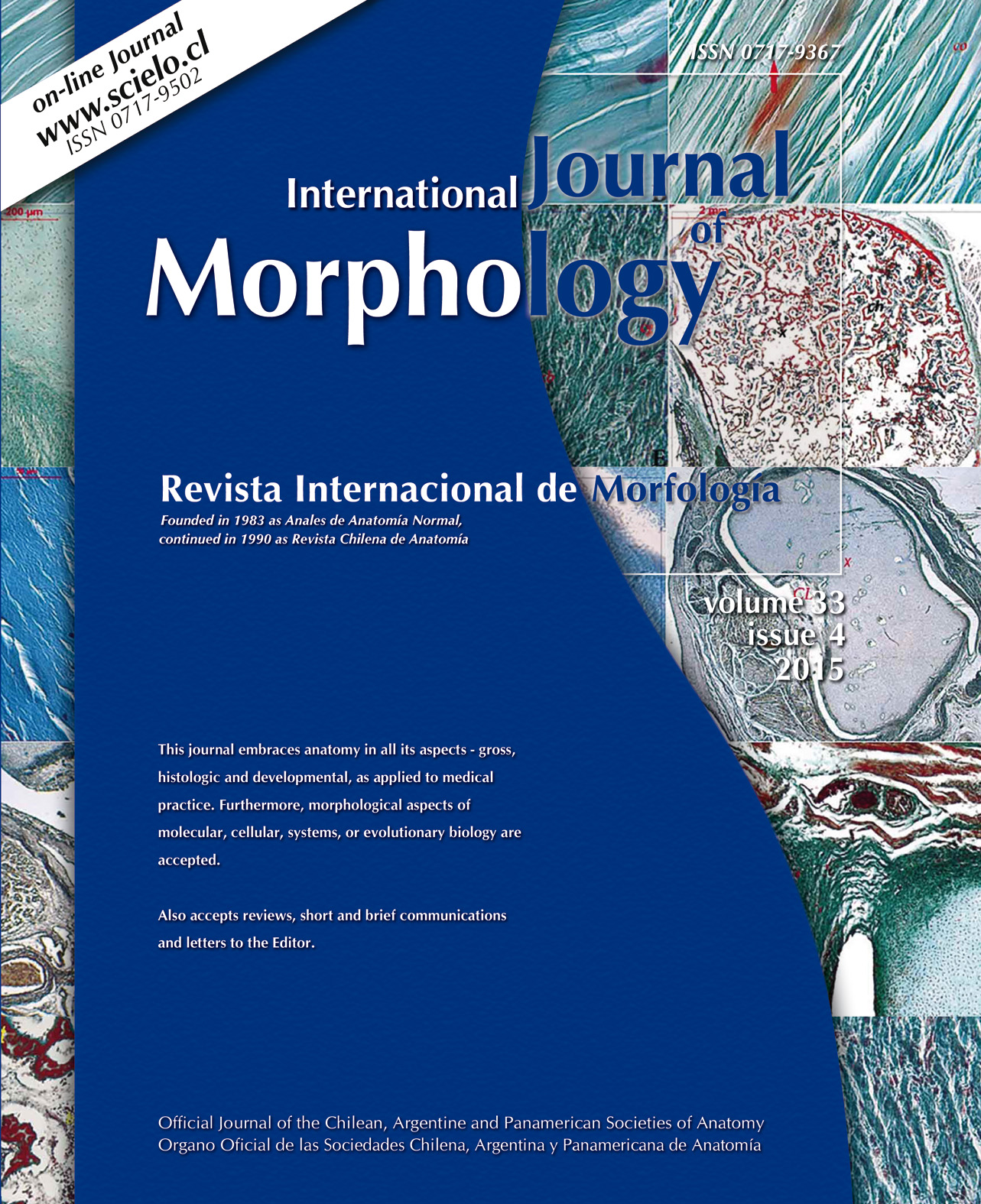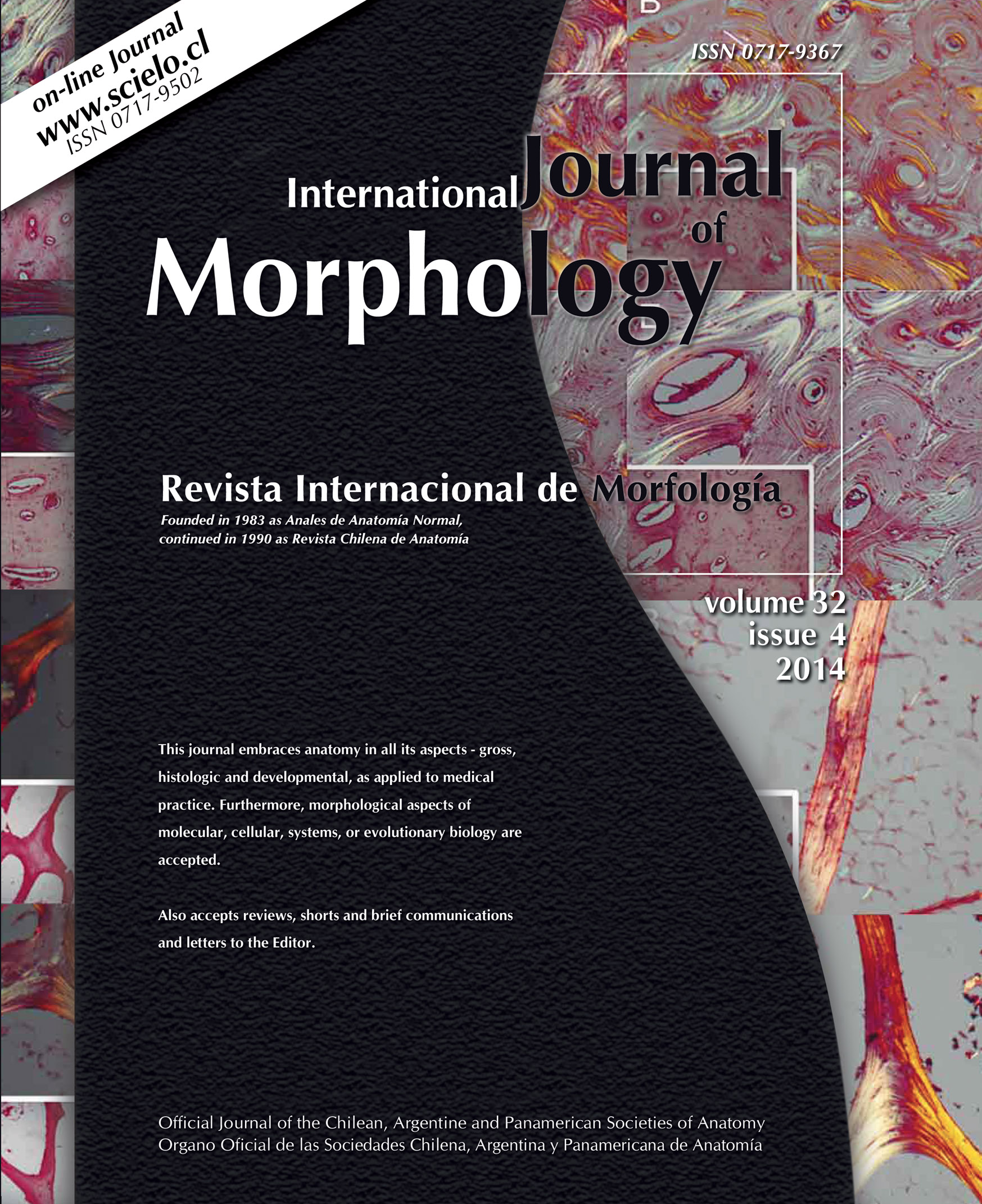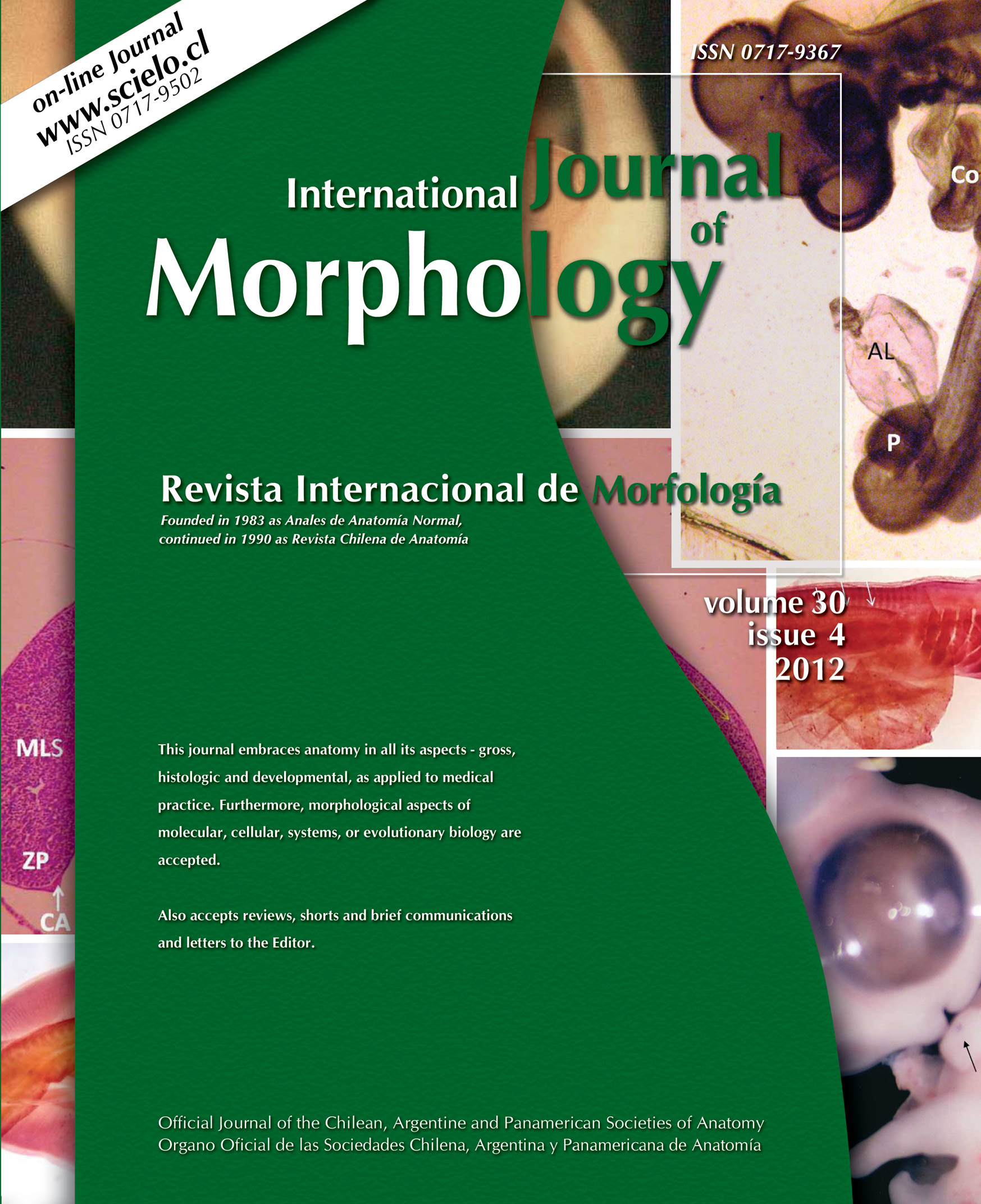SUMMARY: It is feasible to think that the body composition assessment may be influenced by maturational and zinc status, especially in young athletes, which perform regularly high volume of physical training. In accordance, it seems important to clarify the impact of these factors in body composition assessment in athletes, since errors may lead to mistakes in training prescription and diet elaboration, and therefore affect the athletic performance. The objective was to compare (1) different methods of body composition evaluation in young soccer players stratified by zinc plasma levels; and (2) the two reference methods using skinfolds thickness in children (Slaughter's and Lohman's equations), considering the maturation level. In this cross-sectional study, fifty tree young soccer players (13.3±0.7 y) were submitted to blood collection, electric bioimpedance (BIA), dual energy X-ray absorptiometry (DXA), anthropometric measures (body mass, stature and skinfolds thickness (ST)) and hand-wrist X-ray. Body composition evaluation was performed by: DXA, ST (Lohman and Slaughter equations) and BIA (Houtkooper equation) methods. Zinc status provided two groups: Normozincemic and Hypozincemic athletes, determined by cut-off point of 11.0 μmol/L. Significant difference on descriptive data for all participants after zinc status stratification was observed only for plasma zinc concentration; (2) Significant correlations were observed between the assessment methods (fat percentage: r= 0.34 to 0.98 and p<0.001 to 0.013; fat free mass: r= 0.95 to 0.9998 and p<0.001), and lowers correlations were observed when electric impedance was involved; and (3) Bland-Altman plots across methods showed a closer agreement when DXA and ST were compared. In conclusion (1) The ST method was better than BIA to assess the body composition (in young soccer players) when DXA scans are not available; (2) The comparison of models based on ST showed that the best association with the values from DXA were obtained for the Slaughter equation, followed by the Lohman equation using bone age instead of chronological age; and (3) Plasma zinc levels seem not to influence the body composition assessment, which certainly warrants further studies.
KEY WORDS: Body composition; Youth; Nutrition; Methodology; Measurement.












